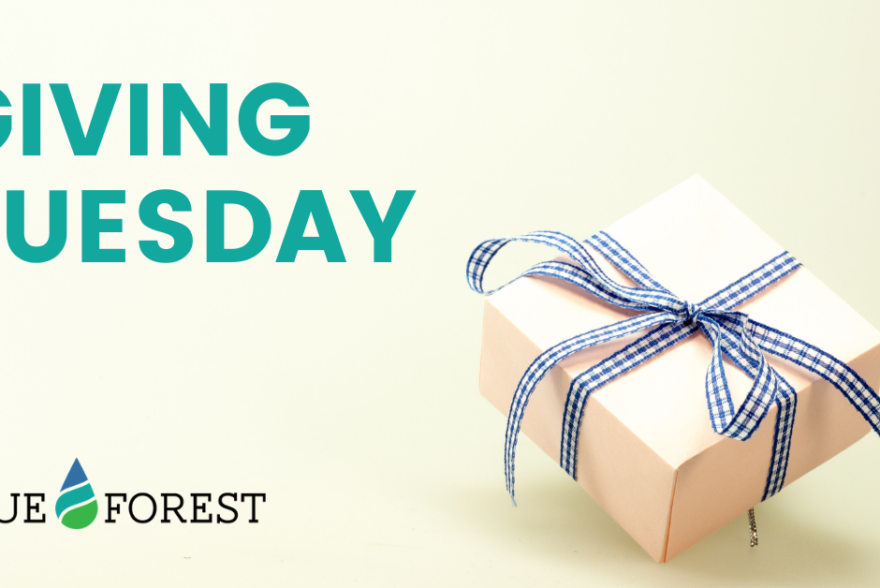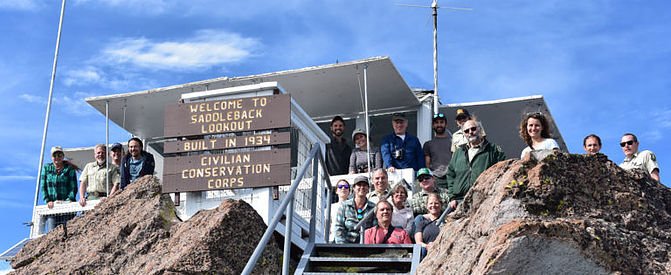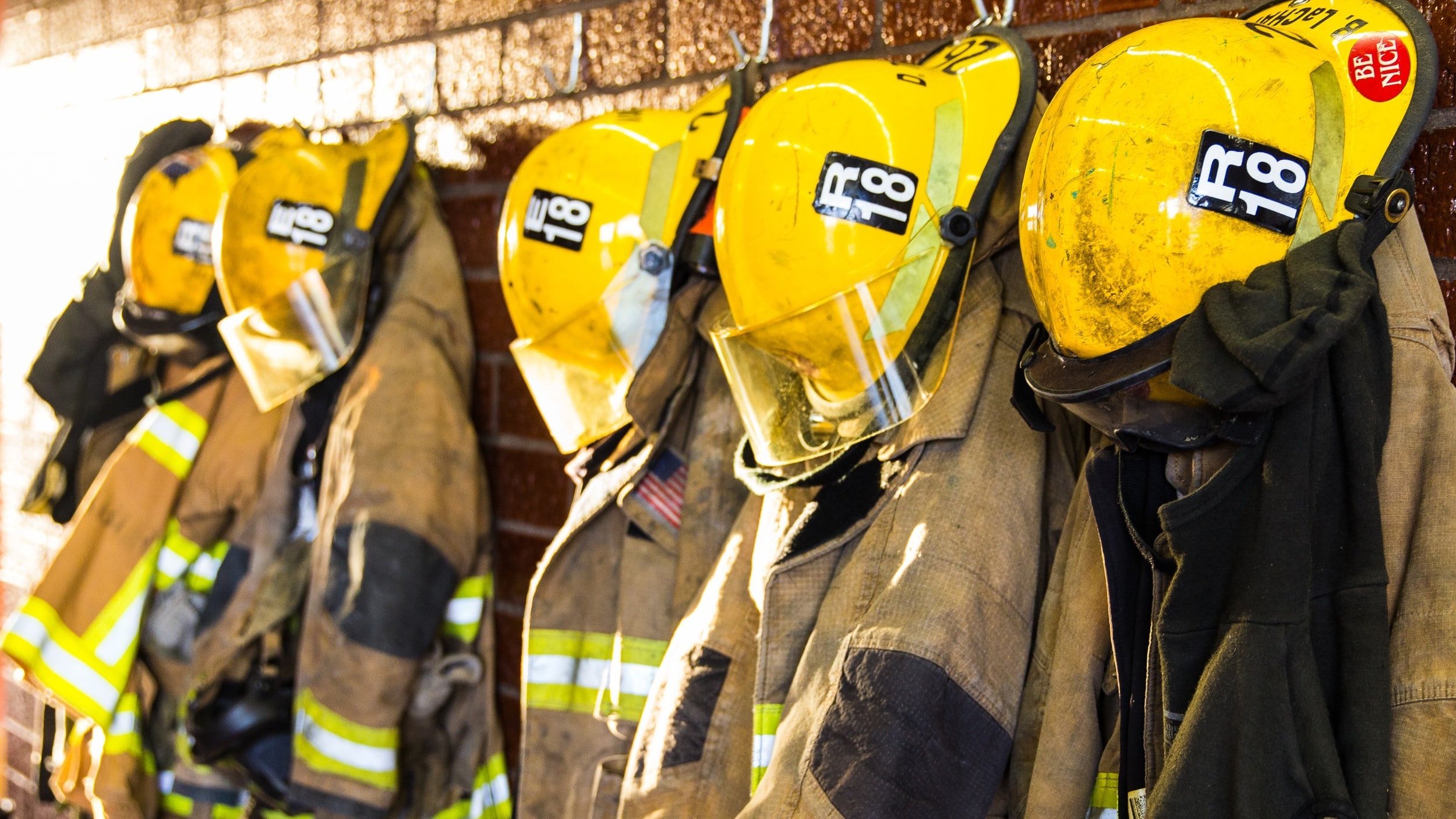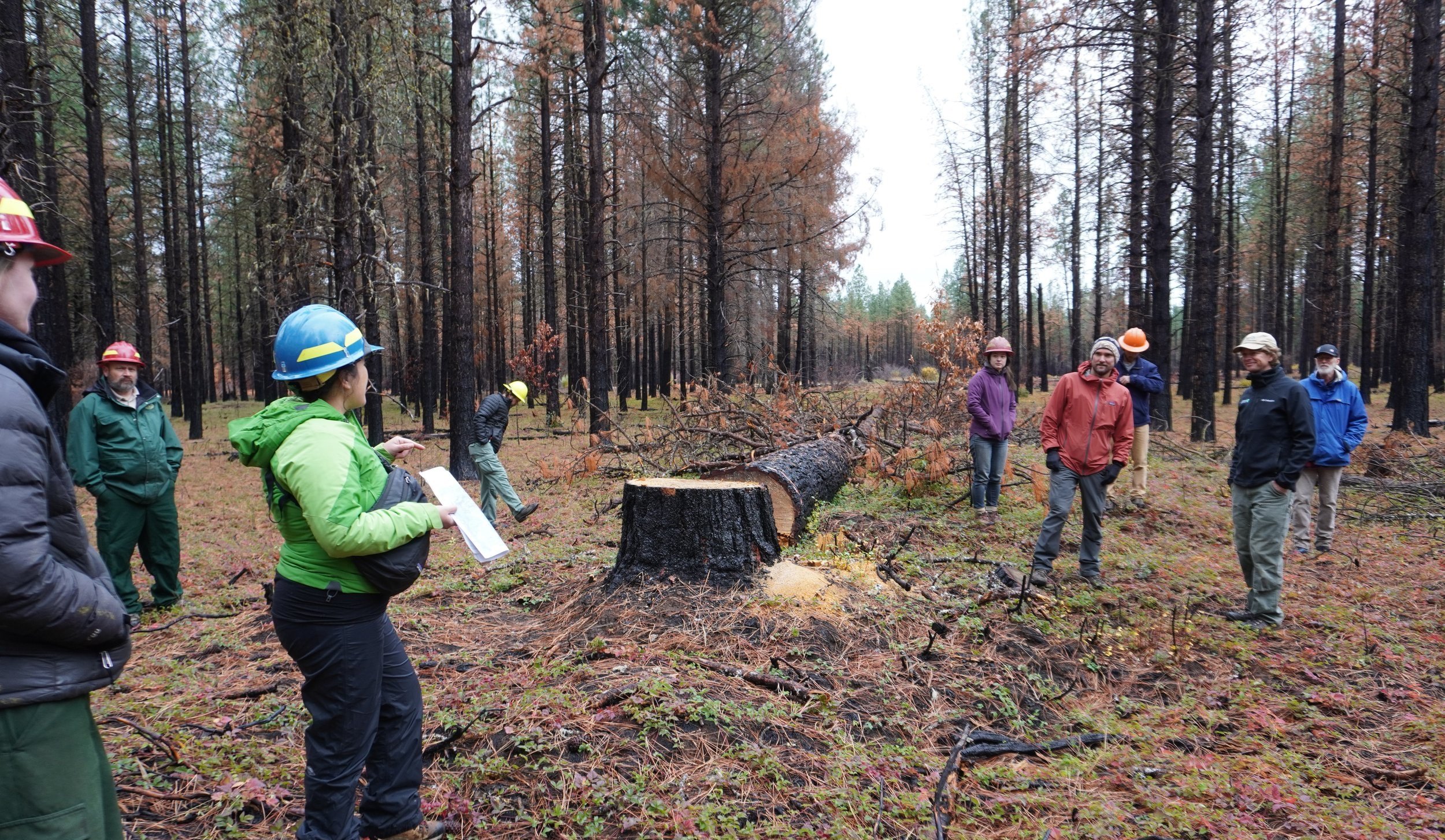#GivingTuesday 2021


We are especially pleased to share these thoughts on #GivingTuesday as each of the organizations noted below is a non-profit that you can support directly.
Written by: Zach Knight, Co-Founder & CEO
As state and federal spending on natural infrastructure is poised to increase dramatically in the years to come, Blue Forest is often asked about how to build the capacity required to implement forest health projects at a scale commensurate with the threat of wildfire. We are especially pleased to share these thoughts on Giving Tuesday as each of the organizations noted below is a non-profit that you can support directly.
Addressing forest health and wildfire risk at scale requires capacity building across a system that is currently experiencing a number of bottlenecks. By tackling this challenge with a systems-level approach, we can break down this work into four categories of capacity that are brought by partner organizations who play critical roles in creating impact through forest restoration projects on public lands:
-
Implementation Capacity (the Doers)
-
Local Capacity (the Guides)
-
Forest Capacity (the Workforce Developers)
-
Regional Capacity (the Conveners)
Implementation Capacity or “the Doers”

These are non-profit partners of the US Forest Service, Natural Resources Conservation Service (NRCS), Bureau of Land Management (BLM) and other land management agencies that work through cooperative agreements to manage ecological restoration projects. These groups serve as the non-profit general contractors that manage all aspects of projects that have been planned by the federal land managers. An example is the National Forest Foundation (NFF), which is the congressionally chartered non-profit partner to the US Forest Service. NFF also manages implementation of Forest Resilience Bond projects (and many other priority projects) on the Tahoe NF and across the Western US. Grant funding allows these partners to hire more staff to manage contractors, which directly leads to more work being completed on the ground. Learn more and support NFF’s Regional Programs here. Other great examples of implementation partners include Trout Unlimited, National Wild Turkey Federation or tribal focused regional project management non-profit organizations such as Lomakatsi. Learn more about the geographies they serve on their websites.
Local Capacity or “the Guides”

These are NGOs that focus on a single watershed or geography and their staff represent the local areas in which they work. These groups play a critical role in bridging relationships between all stakeholders and by supporting the planning of critical projects by applying for funding, supporting survey work and other fields of study required to understand the impact on public land. These groups also help build the local support that provides the social license to allow ecological restoration projects to be planned and implemented at a greater scale and with greater community engagement. An example on the Tahoe NF is the South Yuba River Citizens League (SYRCL), which helps to facilitate a collaborative called the North Yuba Forest Partnership. Expanding their capacity ensures more public discourse and understanding of the need for forest health treatments, which can lead to better planning and implementation outcomes. Learn more and support SYRCL here or give to your local NGO.
Forest Capacity or “the Workforce Developers”

These are groups providing technical assistance to individuals, communities, and businesses that work in the forestry space. More forestry technicians are desperately needed to support project implementation, as are more wildland firefighters to battle the ever expanding fire season. A great example is the newly formed Forest and Fire Recruitment Program (FFRP), which is training formerly incarcerated wildland firefighters to become full time firefighters and forestry technicians upon reentry. Supporting this organization not only funds training for these individuals, but it will help develop the business of providing skilled forestry technician services, which in turns supports more job training. This work highlights the multi-faceted nature of the impact that can be achieved in the restoration economy.
Regional Capacity or “the Conveners”

These organizations help bring stakeholders together in ways that would not be possible without their added support. This can include convening forest collaboratives (local stakeholder groups that help plan and implement projects) with their state and federal partners as well as sharing technical expertise and assistance. In fact, supporting local collaboratives directly, if you have one in your backyard, is a great way to motivate restoration projects that matter close to home. The Sierra Institute (in CA) and Sustainable Northwest (in OR/WA) are good examples of this type of organization. In addition to bringing local groups together, these organizations provide policy expertise, support for the planning process, and training on new tools and techniques.
We hope you enjoy planning your giving on this important day and that you choose to support some of the groups that are poised to make a difference for climate resilient forests in 2022!